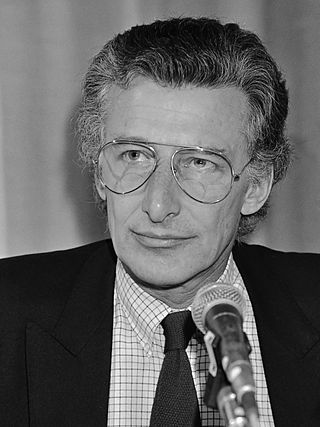
Harry Kurt Victor Mulisch was a Dutch writer. He wrote more than 80 novels, plays, essays, poems, and philosophical reflections. Mulisch's works have been translated into over thirty languages.
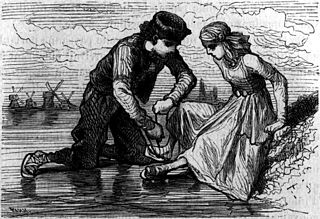
Hans Brinker, or The Silver Skates is a novel by American author Mary Mapes Dodge, first published in 1865. The novel takes place in the Netherlands and is a colorful fictional portrait of early 19th-century Dutch life, as well as a tale of youthful honor.
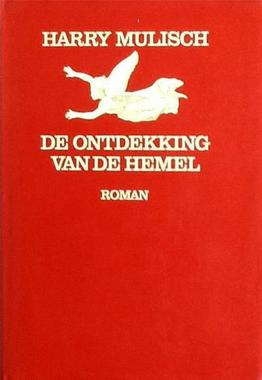
The Discovery of Heaven is a 1992 novel by Dutch writer Harry Mulisch. It is considered Mulisch's masterpiece and was voted best book in the Dutch language in a 2007 poll among the readers of NRC Handelsblad.

Jannetje Johanna (Jo) Schaft was a Dutch resistance fighter during World War II. She became known as "the girl with the red hair". Her secret name in the resistance movement was "Hannie".
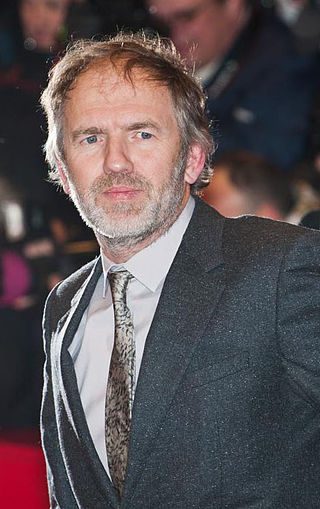
Anton Johannes Gerrit Corbijn van Willenswaard is a Dutch photographer, film director and music video director. He is the creative director behind the visual output of Depeche Mode and U2, having handled the principal promotion and sleeve photography for both bands over three decades. Some of his works include music videos for Depeche Mode's "Enjoy the Silence" (1990), U2's "One" (1991), Bryan Adams' "Do I Have to Say the Words?", Nirvana's "Heart-Shaped Box" (1993) and Coldplay’s "Talk" (2005) and "Viva la Vida" (2008), as well as the Ian Curtis biographical film Control (2007), The American (2010), A Most Wanted Man (2014), based on John le Carré's 2008 novel of the same name and Life (2015), after the friendship between Life magazine photographer Dennis Stock and James Dean.

Jeroen Aart Krabbé is a Dutch actor and film director with a successful career in both Dutch- and English-language films. He is best known to international audiences for his leading roles in the Paul Verhoeven films Soldier of Orange (1977) and The Fourth Man (1983), for playing the villain General Georgi Koskov in the James Bond film The Living Daylights (1987) and his parts in The Prince of Tides (1991), The Fugitive (1993), and Immortal Beloved (1994). His 1998 directorial debut, Left Luggage, was nominated for the Golden Bear at the 49th Berlin International Film Festival.

Rabbit at Rest is a 1990 novel by John Updike. It is the fourth and final novel in a tetralogy, succeeding Rabbit, Run; Rabbit Redux; and Rabbit Is Rich. A related novella, Rabbit Remembered, was published in 2001. Rabbit at Rest won the Pulitzer Prize for Fiction in 1991, the second "Rabbit" novel to garner that award.
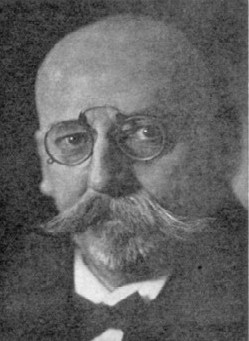
Gustav de Vries was a Dutch mathematician, who is best remembered for his work on the Korteweg–de Vries equation with Diederik Korteweg. He was born on 22 January 1866 in Amsterdam, and studied at the University of Amsterdam with the distinguished physical chemist Johannes van der Waals and with Korteweg. While doing his doctoral research De Vries supported himself by teaching at the Royal Military Academy in Breda (1892-1893) and at the "cadettenschool" in Alkmaar (1893-1894). Under Korteweg's supervision De Vries completed his doctoral dissertation: Bijdrage tot de kennis der lange golven, Acad. proefschrift, Universiteit van Amsterdam, 1894, 95 pp, Loosjes, Haarlem. The following year Korteweg and De Vries published the research paper On the Change of Form of Long Waves advancing in a Rectangular Canal and on a New Type of Long Stationary Waves, Philosophical Magazine, 5th series, 39, 1895, pp. 422–443. In 1894 De Vries worked as a high school teacher at the "HBS en Handelsschool" in Haarlem, where he remained until his retirement in 1931. He died in Haarlem on 16 December 1934. The Korteweg-de Vries Institute for Mathematics is named after him.
Assault is a crime and a tort involving physically harming, or threatening to harm, another person.

The Witches of Eastwick is a 1987 American dark fantasy-comedy film directed by George Miller and starring Jack Nicholson as Daryl Van Horne, alongside Cher, Michelle Pfeiffer and Susan Sarandon as the titular witches. The film is based on John Updike's 1984 novel of the same name, telling the story of three women who are unaware of the power of the words they speak; as they tell each other their deepest desires, a man arrives just in time and fulfills them, but has a dark side of his own.
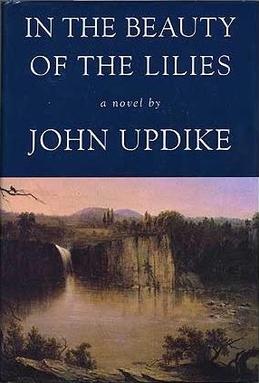
In the Beauty of the Lilies is a 1996 novel by John Updike. It takes its title from a line of the abolitionist song "The Battle Hymn of the Republic." The novel received the 1997 Ambassador Book Award for Fiction.
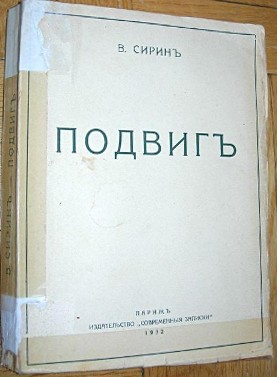
Glory is a Russian novel written by Vladimir Nabokov between 1930 and 1932 and first published in Paris.

The Sorrow of Belgium is a 1983 novel by the Belgian author Hugo Claus (1929–2008). The book, widely considered Claus's most important work and "the most important Dutch-language novel of the twentieth century", is a bildungsroman which explores themes around politics and growing up in Flanders around World War II. It has been described as "one of the great novels of postwar Europe".

Dick Hein "Derek" de Lint is a Dutch film and television actor, known for playing the role of Derek Rayne in Poltergeist: The Legacy.

The Assault is a 1986 film adaptation of the novel of the same name by Harry Mulisch. The film was directed and produced by Fons Rademakers. The main character is played by both Derek de Lint and Marc van Uchelen, whereas Monique van de Ven plays two different roles, one after the war and one in the war.

Roger's Version is a 1986 novel by American writer John Updike.

Jan Andries Blokker Sr. was a Dutch journalist, columnist, publicist, writer, and amateur historian. In The Netherlands, Blokker was best known for his columns in De Volkskrant, which he wrote between 1968 and 2006.

Anton is a Belarusian, Bulgarian, Greek, Catalan, Croatian, Danish, Dutch, Estonian, Finnish, German, Macedonian, Norwegian, Romanian, Russian, Slovak, Slovene, Swedish, and Ukrainian given name, from Latin Antonius.

Anton Heyboer was a Dutch painter and printmaker.
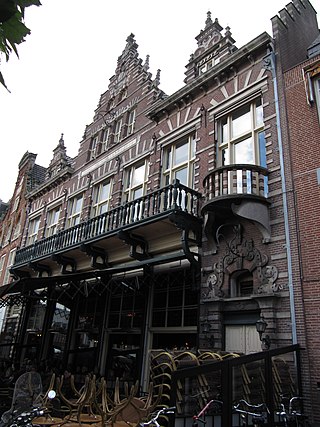
The Teisterbant club was the name of an artists' society in Haarlem that flourished between 1950 and 1973.

















